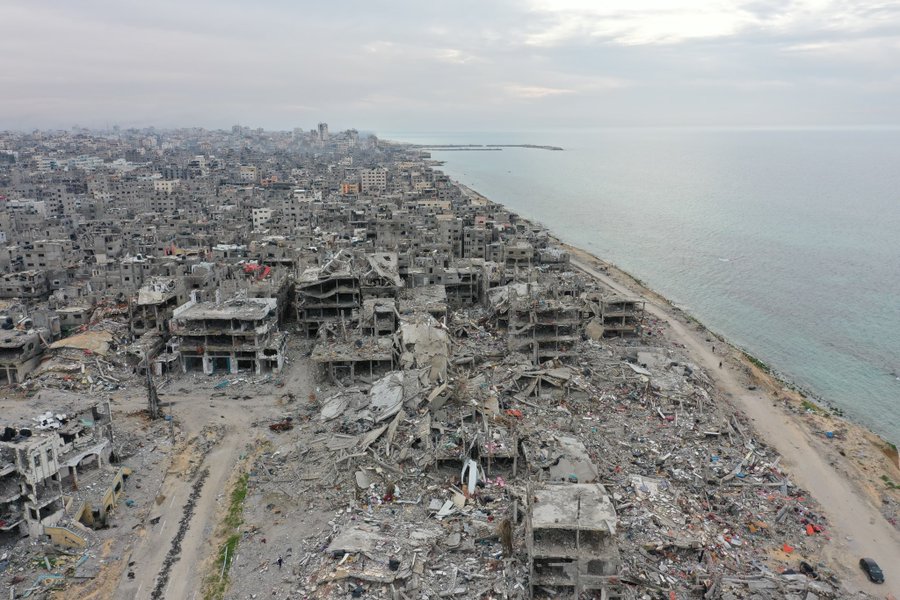Who is Left Behind in the Sustainable Energy Access Movement?
Global energy access, Sustainable Development Goal 7, has garnered international attention and while the world works towards energy access for all, some groups are being left behind. Lack of access to energy can have devastating effects on individual livelihood, and while progress is being made, many rural communities still remain in the dark.
According to the UN, 1.2 billion people—one in five people worldwide – do not have access to electricity. The Sustainable Development Goals simply cannot be achieved without expanding energy access. Achieving healthcare access, quality education, sustainable cities, are all reliant on the basic access to sustainable energy.
Social Good Summit 2017 featured Rockefeller Foundation Vice President Zia Khan, who discussed solutions to end energy poverty. Detailing the Foundation’s Smart Power initiative in rural India, Khan emphasized how energy access goes beyond aiding basic household tasks; it has the potential to bring innovation and development to communities that have historically been overlooked.
“There is a difference between light and power. Light changes how people operate in their home and in markets and in public spaces, but power is what’s needed for productive and economic uses,” Khan said.
See firsthand the transformative nature of smart power in communities in rural India through Rockefeller Foundation’s new VR film, “Power in Hand”:
The intersection between the global refugee crises and energy access has become increasingly apparent as refugee camps worldwide become strained for resources. With the growing refugee population and protracted conflict in many regions, some camps have become, effectively, towns, therefore refugees and displaced people must be on the energy access agenda.
Bidi Bidi Refugee Settlement, now one of the largest settlements in the world, home to roughly 270,000 South Sudanese refugees in northwestern Uganda, is one of many refugee camps strained for resources. After sunset, most of the camp goes completely dark. According to UNHCR, lack of lighting can create safety issues for women and children, and increase the risk of gender-based violence. Additionally, lack of energy serves as a barrier for many children in completing their education, as well create challenges for those delivering medical care.
UNHCR along with local NGOs have recognized the energy gap in refugee camps. See the transformative power of one solar light in Bidi Bidi:
While many humanitarian organizations are providing aid in the form of food, shelter, and medicine, clean energy is largely neglected. According to the UN, only 10% of refugees have adequate access to electricity for daily tasks. Many fail to realize that access to sustainable energy can a have tremendous return on investment, from improving education access to sparking innovation. It is important that we leave no one behind as we strive for sustainable energy for all.
How You Can Help
UNHCR remains committed to addressing the energy needs for refugees and providing safe energy solutions to power vital health centers and other resources. You can contribute to their effort here:
http://www.unhcr.org/en-us/530f11ee6




